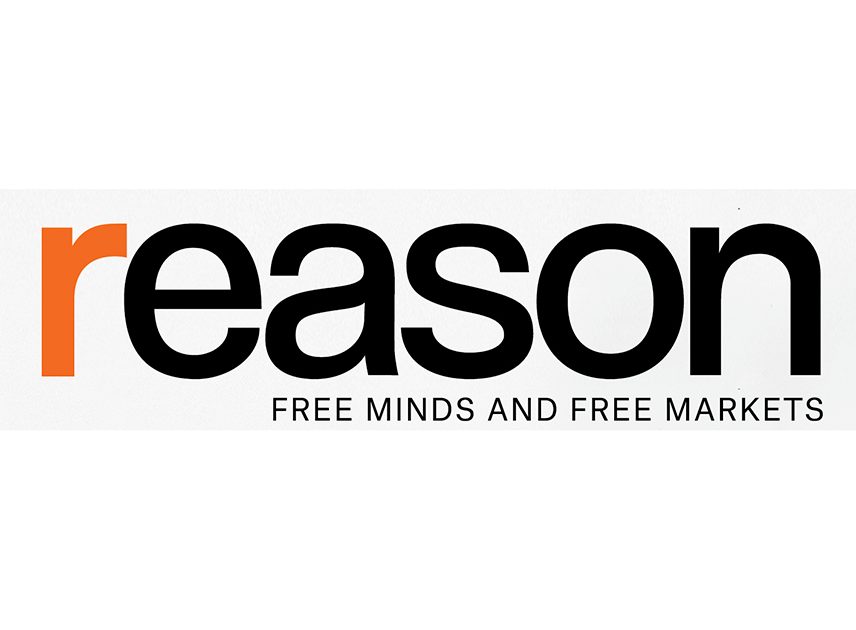The Politics of Heating Buildings
Environmental Policy Brief #132 | By: Todd J. Broadman | December 29, 2021
Header photo taken from: The BBC
Follow us on our social media platforms above
Browse more environmental policy briefs from the top dashboard

Photo taken from: Yahoo Finance
Policy Summary
Seventy million American homes and businesses depend on natural gas, oil, or propane on-site for heating, hot water, and cooking. The annual carbon dioxide generated is 560 million tons or 40% of total US emissions when you include the carbon used in building construction. The amount of methane, a far more potent CO2 gas, that routinely leaks as part of the gas distribution process, is equivalent to all US vehicle emissions.
There are a number of new policies to address the use of gas in buildings and the legislative efforts are split along party lines. Noteworthy are California, New York, and Illinois: combined they represent almost 25 percent of all US greenhouse gas emissions from buildings. Local governments are taking action, yet in the larger scope their new rules will not be sufficient to cut US emissions in half by 2030 as the Biden administration has targeted.
On the local front, the city of Berkeley, California is the first municipality to step up; in 2019 they passed a new building code that requires all new buildings to be constructed use only electricity for heating, hot water, and cooking. This example has been followed by nearly 50 cities in California. Ithaca, New York, took it a step further by banning the use of natural gas in all buildings — not just new ones. The New York City Council voted in favor of similar legislation prohibiting the use of gas-powered stoves, space heaters and water boilers in new buildings. The law will take effect in December 2023 for buildings less than seven stories and in 2027 for taller buildings. The rule does not apply to hospitals, commercial kitchens and laundromats, and residents who currently utilize natural gas in their homes will not be impacted. Salt Lake City and Denver have also made plans to move toward electrification.
Anticipating these local actions, the gas industry has focused their lobbying efforts at the state level – in Republican states: at least a dozen states have now passed laws prohibiting cities from restricting gas hookups in new construction. As EVP of the Arizona Chamber of Commerce, Garrick Taylor’s comments are fairly typical of such efforts: “We wanted to get ahead of what we viewed as an economically damaging trend, and stop it before it could gain a foothold here.”
Even with rules in place at the local level though, for CO2 reductions to take hold the electric grid itself must truly be carbon-free. For example, 85 percent of New York City’s electricity is generated from carbon. There is a plan in place to take that down to 30 percent by 2030.
Policy Analysis
Following an aggressive trend, 20 states have already passed “preemption” bills – preventing municipalities from taking action, the result of lobbying efforts that follow a playbook written by the American Gas Association. The industry appeals to economic and “consumer choice” advocates. The carbon industry is “under siege from environmental regulation.” The industry’s Chair stated that municipalities who want to ban natural gas are, in effect, “removing energy choice for communities and limiting or prohibiting customer access to natural gas.” In addition to the states that have passed bills, currently there are bills pending in three other states: Pennsylvania, North Carolina, and Michigan.
The state-by-state preemption playbook was written by the tobacco industry; their aim was to limit smoking regulations in the 1990s and 2000s. The same strategy was picked up by the National Rifle Association to restrict gun regulations in cities. Over the years, conservatives have used state preemption to target local bans on plastic bags, plastic straws, and fracking, as well as local efforts to increase the minimum wage.
Bruce Nilles, the executive director of the Climate Imperative project at Energy Innovation, says the natural gas industry “is now facing an existential threat. As coal disappears, they know they are next.” University of Virginia law expert Richard Schragger went as far as to claim that the industry’s strategy is an “attack on American cities.”
Photo taken from: Vox
(click or tap to enlargen)
The industry rationale is weak according to David Pomerantz, Director of the environmental group at Energy and Policy Institute. “A building’s energy source is not usually an individual’s decision to start with, because the infrastructure that’s available depends on policies in their zip code.” In spite of gas industry lobbying efforts, New York may become the first state to ban natural gas in new buildings at a state-wide level.
Even if the net CO2 reductions from local restrictions may not amount to a significant overall cut, the shift in mindsets within communities can be seen as positive as it leads to a wide range of sustainability programs at the local level. Just as the gas industry posits individual choice is a value worth fighting for, communities are in their own way applying that argument in proposing and implementing sustainable non-carbon energy choices.
Engagement Resources
Click or tap on resource URL to visit links where available

https://energyinnovation.org/ is a non-partisan energy and climate policy think tank.

https://www.energyandpolicy.org/ is a watchdog organization that exposes attacks on renewable energy.

https://reason.com/ independent journalism on civil liberties, politics, technology, culture, policy, and commerce.


